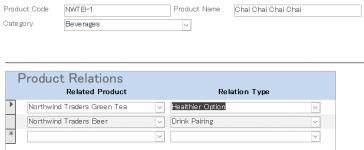MajP
You've got your good things, and you've got mine.
- Local time
- Today, 07:45
- Joined
- May 21, 2018
- Messages
- 9,994
Hard to see and debug. I would put a msgbox here in the code. That way you can ensure the function is called, and see that the sql is correct.
....
msgbox StrSql
debug.print strSql
CurrentDb.Execute strSql
...
if the function is being called this should also print the sql string to the immediate window. You can post that here.
....
msgbox StrSql
debug.print strSql
CurrentDb.Execute strSql
...
if the function is being called this should also print the sql string to the immediate window. You can post that here.

